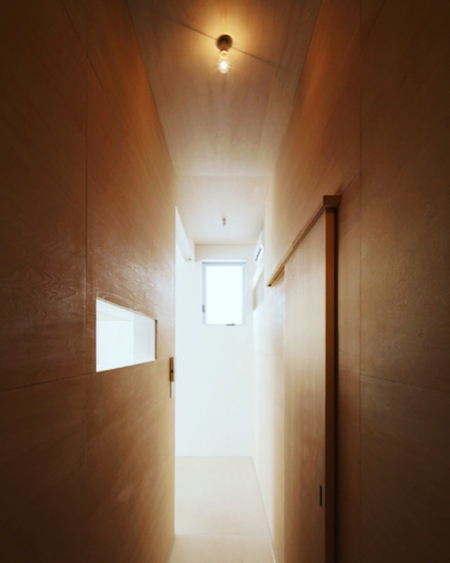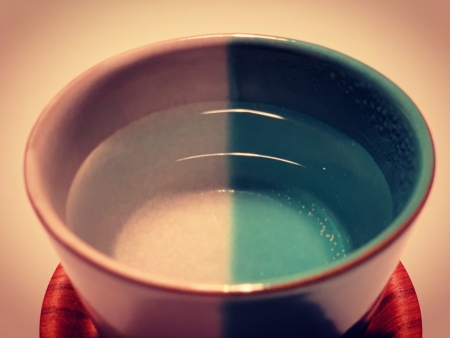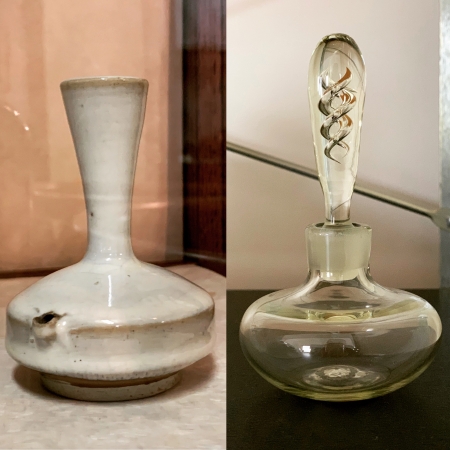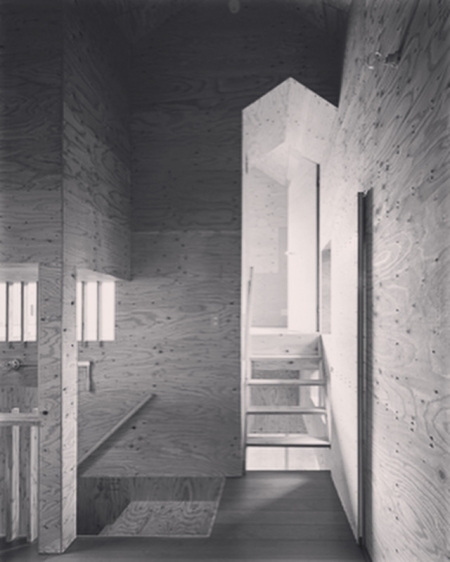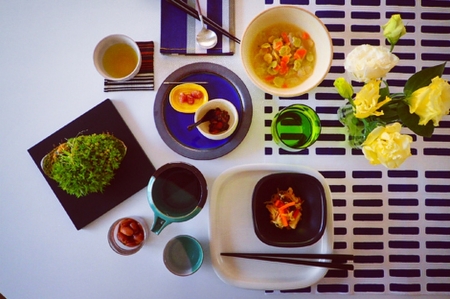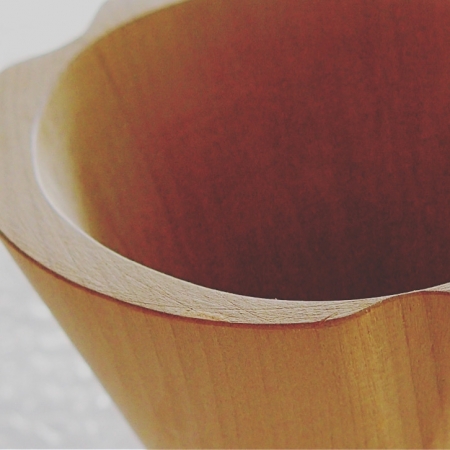空間の形を生み出す
「人の営み」そのもので、直に空間の形を決めていけばよい。
空間には形がある。建築空間は日常生活のアウトラインであり、アウトラインだけを取り出せば、形として認識できる。
日常生活とは「人の営み」がつくり出すもので、「人の営み」が反映されたものだとしたら、「人の営み」の形が空間と言える。
しかし、実際にはそうでは無い。空間の形は、法規や予算や建築の構造などの制限を元に決めており、「人の営み」をその中に入れ込むだけである。
あと、広い意味での数々の建築論も、空間の形を決める要因になるが、そこには「人の営み」は入らない、「人の営み」を別の言い方にすると「暮らし」、「暮らし」は建築論の外にある。
だから、「人の営み」や「暮らし」」とは別の要因で決められた空間の形では、日常生活とはマッチせずに、とても不自由な、引っ掛かりがある状況が生まれる。
ただ、「人の営み」や「暮らし」には直接、空間の形につながる情報、すなわち、形に直接つながる要因が無いから、「人の営み」や「暮らし」と空間の形を結びつける具体的なものが必要になってくる。
それが、「設え」だと考えている、「設え」がきっかけで人の営みが発生するのだから。空間の形を「設え」を備えることで生み出すのである。
"Create a shape of space"
It is only necessary to determine the shape of the space directly with "human activities".
There is shape in space. Architectural space is an outline of daily life, and if only the outline is taken out, it can be recognized as a shape.
Everyday life is created by "people's activities", and if "people's activities" are reflected, the form of "people's activities" can be said to be a space.
However, this is not the case. The shape of the space is determined based on restrictions such as regulations, budgets, and architectural structures, and only "people's activities" are included in it.
In addition, many architectural theories in a broad sense also determine the shape of the space, but there is no "people's activities", and "people's activities" is another way of saying "living", " "Living" is outside the theory of architecture.
Therefore, in the form of the space determined by factors other than "people's activities" and "living", it does not match with daily life, and a very inconvenient and catching situation arises.
However, since there is no information that directly relates to the shape of space, that is, "people's activities" and "living", that is, there are no factors that directly relate to shapes, so the specifics that link "people's activities" and "living" with the shape of the space. Something is needed.
I think that is "setting", because "setting" triggers human activities. The shape of the space is created by providing "setting".

